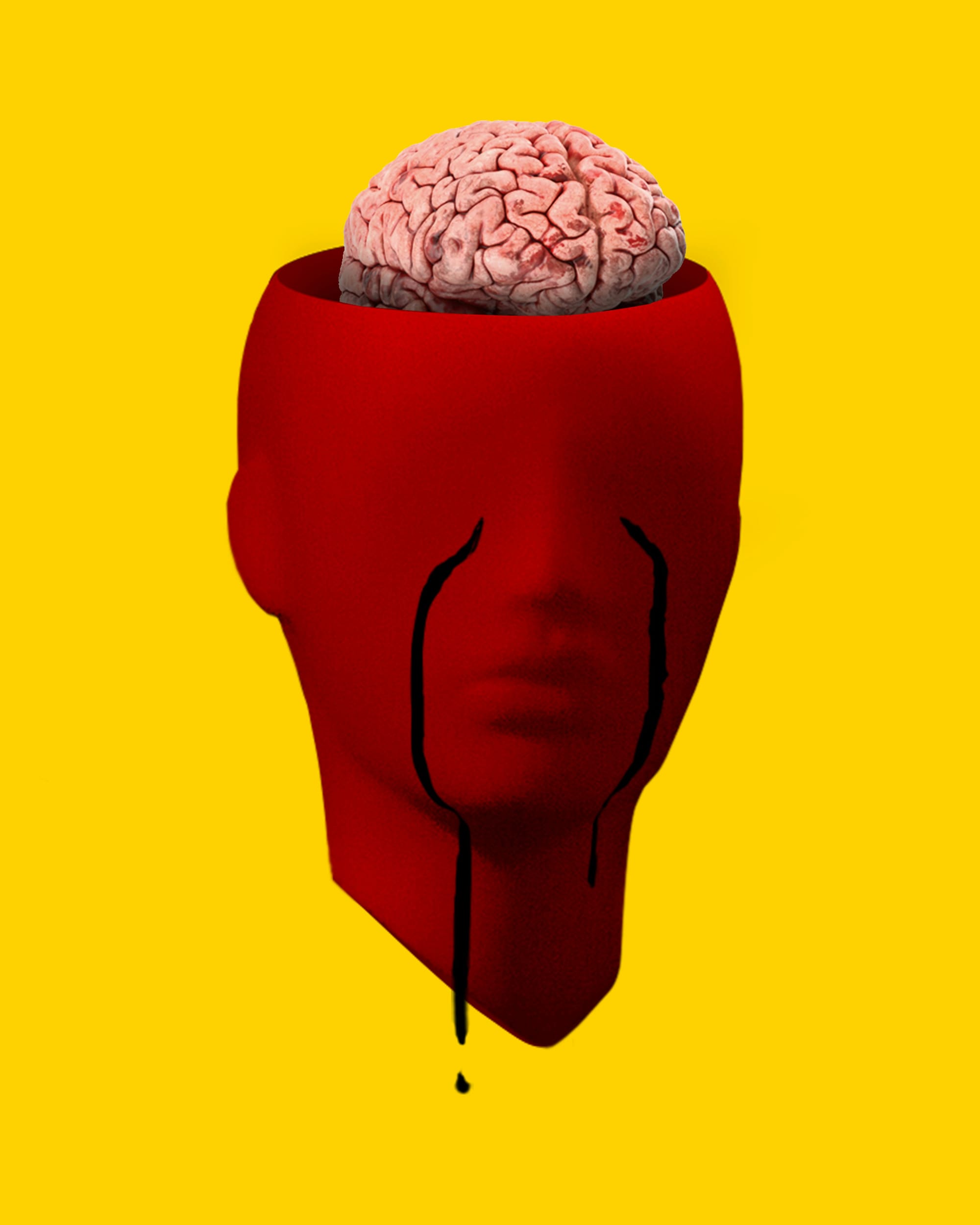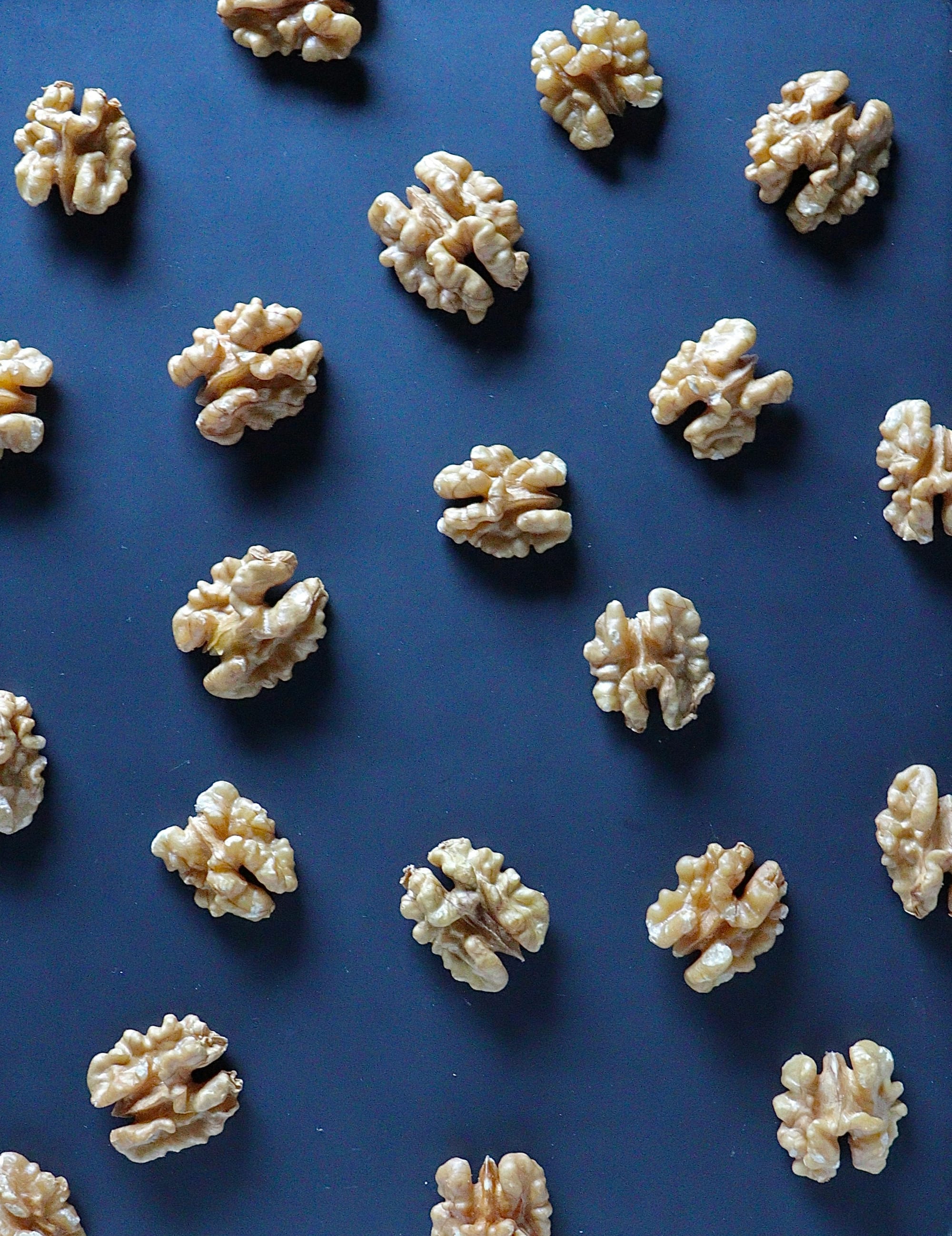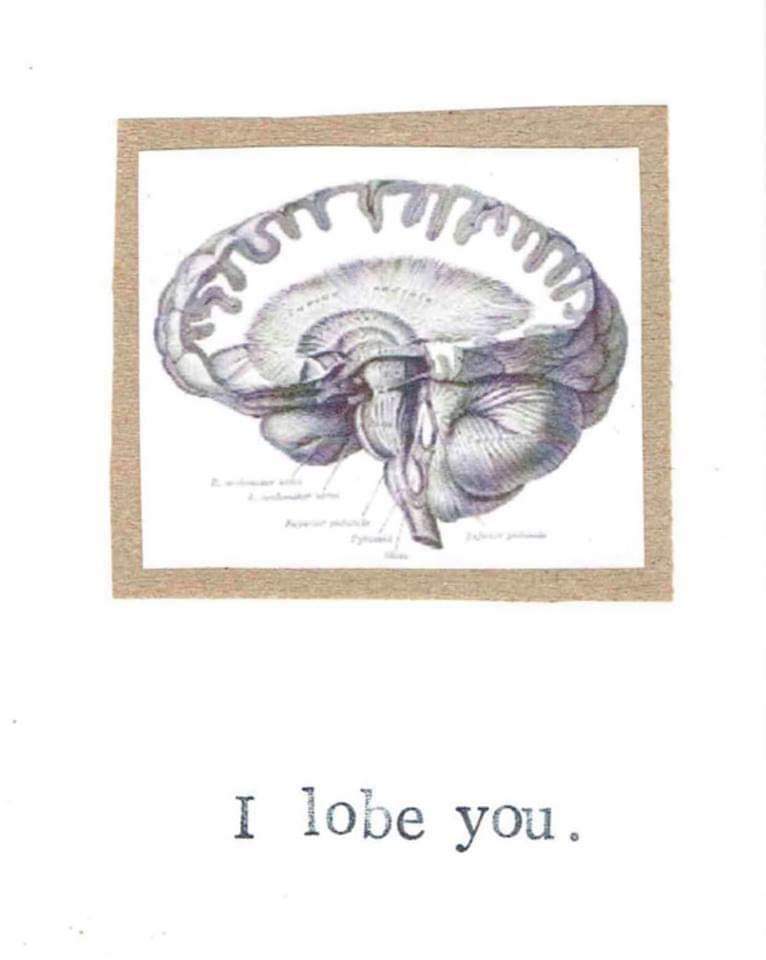When Emotions Spill Over – Understanding the Amygdala Hijack (and Why Laughter Helps)

Angie came into her sixth Sensory Integration (SI) session with her mum, looking visibly upset. The moment she entered the reception area, she softly shared: “Something happened at school.” Her face showed the emotional weight she was carrying. As we moved into the therapy space, it became clear that today would be less about structured activities and more about emotional processing—through movement, conversation, and connection.
While Angie explored the sensory-rich environment—climbing, bouncing, sliding, and swinging—she opened up about a recent argument with her best friend. The conflict had started during a playdate and spilled over into the school day, where unresolved feelings turned into reactive behavior. When her friend refused to play, Angie lashed out physically, leading to an incident that left her friend hurt and Angie being sent home early. Throughout the session, Angie oscillated between wanting to talk and becoming overwhelmed.

Recognizing this, the therapist shifted gears—bringing playfulness, silliness, and laughter into the room.

This light-hearted, therapeutic approach wasn’t just about distraction—it was a purposeful regulation strategy. Humor, shared giggles, and imaginative play helped Angie feel safe enough to stay with a hard topic without being emotionally hijacked. This is where the science comes in: laughter stimulates the release of endorphins, our brain's natural feel-good chemicals. These help improve mood, reduce stress, and shift the body out of a sympathetic nervous system (SNS) state—fight, flight, or freeze—and back into balance. As Angie laughed, moved, and felt seen, she began to calm. Her “thinking brain” reengaged. She was no longer in the grip of an amygdala hijack, a term used to describe when the emotional brain takes over, overriding the rational part of the brain and leading to impulsive reactions. By the end of the session, Angie had not only smiled—she had also created a plan: make peace with her friend and leave the incident behind.

OT Insight: Why Silliness and Movement Work
A playful therapeutic stance is not accidental. When a child is overwhelmed by emotion, especially when the amygdala is in control, the nervous system is in a state of alarm. This is the sympathetic nervous system at work, getting the body ready to defend itself. But prolonged activation of this system isn’t helpful in social or learning environments—and it’s exhausting for the child.
Enter laughter. By being silly, making jokes, and gently shifting the child’s focus away from stress, we stimulate endorphin release, reduce cortisol, and open the door to co-regulation. Combined with vestibular and proprioceptive input from movement, this approach helps a child re-access their frontal cortex—the part of the brain responsible for thinking, planning, and emotional control. For Angie, this meant staying present with a tough conversation without shutting down or escalating.
Takeaway for Parents and Educators:
- When emotions are big, don’t push for a serious talk—play first.
- Movement, silliness, and laughter are powerful regulation tools.
- Children aren’t “avoiding” when they want to have fun—they may be recovering.
- Healing doesn’t always look serious. Sometimes, it sounds like giggles on a trampoline.
Until next time,
Neki

